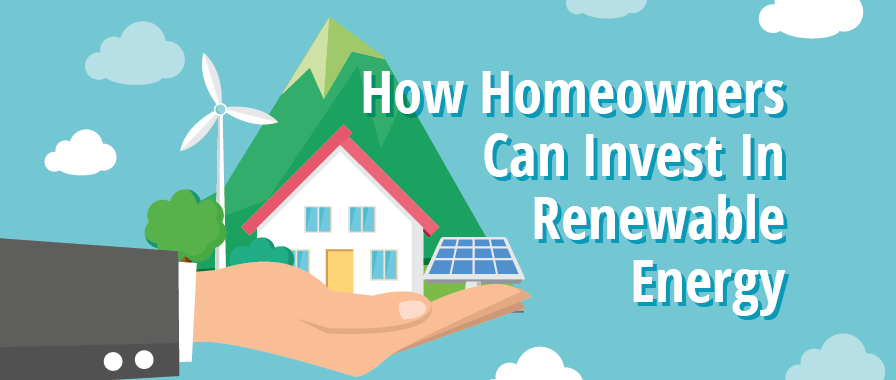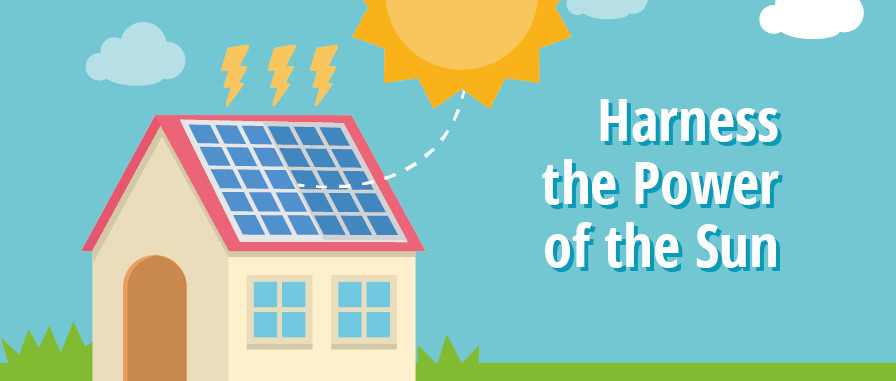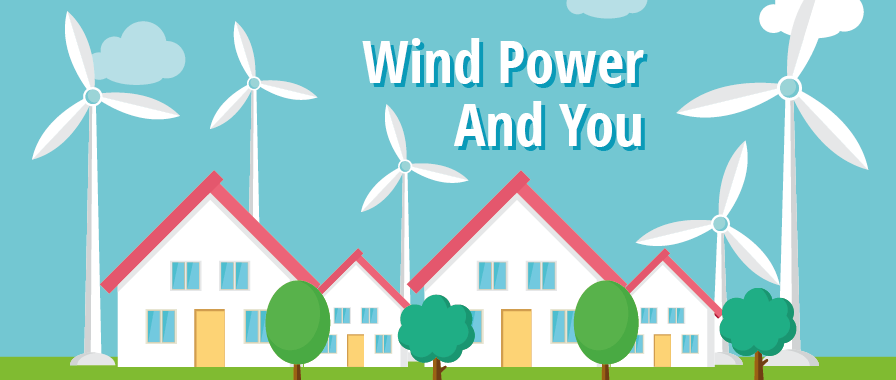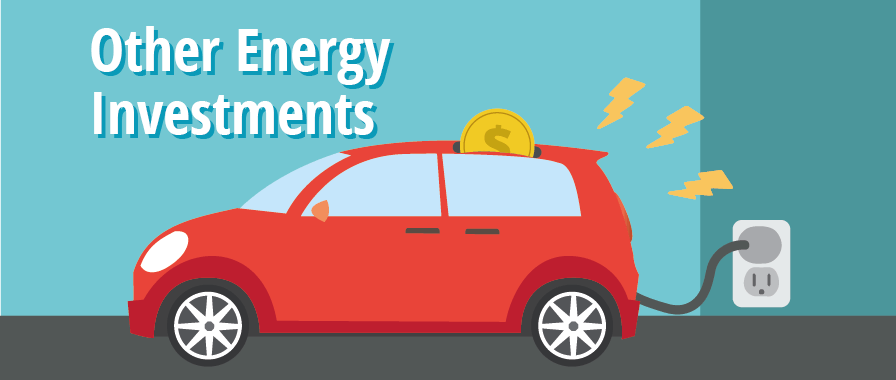How Homeowners Can Invest In Renewable Energy
 Taking care of the environment is becoming more important than ever, as climate change casts a longer shadow over our future as a species. Governments around the world have pledged to implement various courses of action over the next several decades, but change begins at home.
Taking care of the environment is becoming more important than ever, as climate change casts a longer shadow over our future as a species. Governments around the world have pledged to implement various courses of action over the next several decades, but change begins at home.
There are more immediate reasons to start looking for small-scale renewable energy solutions in your local area, too. As energy prices rise, green energy sources and energy efficiency measures will help curb soaring utility costs. Keeping your home affordable in the long run might depend on your ability to use power judiciously.
Investing in renewable energy sounds ambitious at first, but in truth it can be quite easy. The best way for the uninitiated is to start with simple methods that are relatively easy to implement, then branch out into more sweeping reforms as you gain confidence and the means to do so. Let’s start from the beginning, and guide you along the path to some serious renewable energy strategies. With our help, you might find out that being a money-saving eco-warrior isn’t as hard as you thought.
Harness the Power of the Sun

We’ll start with one of the most obvious solutions for using renewable energy in your home: installing solar panels on your roof. A lot of people don’t realize just how much power they can generate with solar panels, assuming that they live in an area with clear enough skies and that the panels have been positioned correctly.
Properly installed solar panels can provide more than 10 watts of energy for every square foot covered. You can even find solar shingles that can be used to replace your roof or solar panels that can be installed in your yard to make extra use of your available space.
Installing solar panels isn’t the only way you can make use of the sun’s rays, either. In fact, there are plenty of ways in which solar energy can be used to power other devices on your property, from ovens to water heaters and even air conditioners. Air conditioning is one of the most useful places to supplement your energy consumption, since it normally uses more energy than any other device in your house. Solar air conditioning is also easy to add to homes that already use solar water heaters, since both technologies rely on using the sun’s rays to raise the temperature of your water reserve.
Additionally, a solar water heater and air conditioning system may be less expensive than redoing your entire roof with solar shingles or covering your home in panels, depending on the amount of usable space you have. Such technology represents a smaller but easier step for homeowners who want to embrace solar solutions gradually.
Wind Power and You

Another renewable resource that can easily be harvested at home is wind power. Wind turbines have faced controversy since their inception, mainly from career skeptics and junk science peddlers. It’s important to take note of the fact that wind turbines are actually highly-cost effective. Furthermore, the promise of wind power when it comes to curbing climate change is considerable. If implemented properly, it could prevent up to $400 billion in damage to the planet by the year 2050.
Yes, there are some things you should be aware of before you install a wind turbine in your home—you’ll want to make sure the area in which you live is properly zoned for it, and you’ll need to make sure your area actually gets enough wind for a turbine to provide energy savings. If you’re able to make good use of a wind turbine on your property though, it can be an excellent and rewarding way to supplement the energy needs of your home.
Community Action

Investing in renewable energy at home is something every homeowner should consider, but it’s not the only thing you can do to create tangible change around you. Once you’ve added some energy-efficient features to your property, start looking for opportunities to do the same throughout your community. A lot of people in the United States assume that their ability to effect meaningful change stops at the boundaries of their property, but this is rarely true. There are several means available in both the public and private sectors for investment in renewable energy technology, and getting involved may be much easier than you anticipated.
When looking for local projects, it’s often a good idea to look for other community members to help back them. Starting an advocacy group or a nonprofit can help you influence public institutions to participate in larger-scale green energy projects. You could even start a company, like University Park Solar: a company whose members each pitched in $1000 to help fund a solar array at one Maryland University Park Church. The resulting project produces 100% of the church’s electricity needs, and the company sells any surplus to the grid.
Other Energy Investments

If you don’t want to start your own company to create local change, there are a number of existing publicly traded companies you can put your money into. You could invest in General Motors, for instance—which is working hard to make electric cars the future of driving. Of course, the larger the company, the less certain you can be of exactly what your money will be used for, but there are plenty of smaller companies involved in similar initiatives. Generally speaking, investing in larger companies carries less risk, but produces smaller results.
There are many ways you can make a contribution to the renewable energy sector that will help it remain viable in coming decades. If you have the time to undertake home renovation projects, they’re an excellent place to start. If you’re short on time but long on capital, you might consider investing in a company with an environmental focus—or even starting one with a few trusted accomplices. It’s going to take all of us to save the Earth, but the results will be worth it: lower energy costs and a planet we can all continue to enjoy well into the future.


